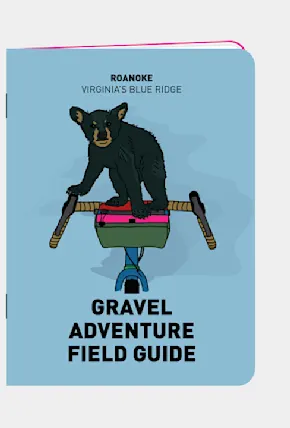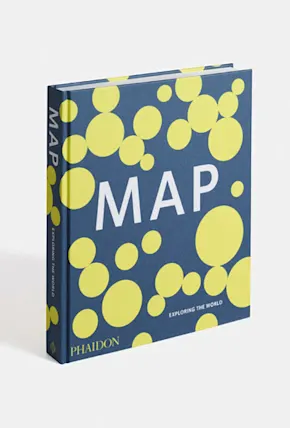The first map they made for biking trails was fairly basic, but it set them on a quest to chart other areas for themselves and their friends with an angle of outdoor adventure instead of, say, the government work of mineral extraction or land management. That mission turned into a lifelong journey; in 1989, Mary and Grant officially founded Latitude 40 Maps, named for the number of degrees north from the equator that defines the location of Boulder, where the two met. Today, Latitude 40 offers 18 bike-oriented maps for areas throughout Colorado and Utah.
Not much has changed for the Morrisons in their 30 years of making maps, but they do admit that the process is a bit different now. “Back then we were working in the traditional ways with dark room and graphic arts techniques, instead of images generated from digital databases,” Grant says. “Mary used to shade our early maps by hand—it would take her something like 300 hours of reading the terrain and then translating it so that the map looked just like the natural environment.”
Both Mary and Grant grew up hiking, kayaking, and mountaineering, in addition to mountain biking—and looking at physical maps and charts to do those things safely. Today, even with so many apps and digital navigation tools, the couple says there’s still so much that can be learned and gained from physical maps. When you read a map, they propose, you understand your surroundings in a way that’s impossible if you’re simply following a dot on your phone.
“Technology is great, until it’s not,” Grant says. Even if you simply have the map on your wall and look at it to orient yourself before going out with another form of navigation, you’ve learned so much about what the land looks like and what to expect—where things connect, and how to get where you want to go.
The couple decided early on—after getting offers to map regions around the world—that they didn’t want to depict anywhere they didn’t want to go themselves. As interest grew, the couple quickly realized they'd never be able to keep up with the enthusiasm for their work. So, "we decided way back then that we were going to just keep it real and develop it around our lifestyle, and not try to meet the needs of everyone across the country and the world," explains Grant.
Today much time is spent updating the same locations for trail additions and changes to the land.
One of the first areas beyond Boulder that really piqued their interest in terms of map-making, was Moab, Utah. In 1990, shortly after creating Latitude 40, Mary and Grant were mountain biking and kayaking in the area, just when the outdoor industry begn to take note of the place. Mary got hired to make a map, so they used that information and research to add the region to their own adventure-focused offering, updating it to keep up with the new trail systems as the Moab region took off as a destination.
The Moab maps provide an excellent example of Latitude 40's unique approach. The first editions of the Moab maps came out in 1993 and they’ve since gone through more than 10 updates. All of the maps come with notes about what mode of transportation can access each trail and road. There are notes for bikers, hikers, and horseback riders in addition to motorized bikes, ATVs, 4WD vehicles and 2WD access. “With our maps, we want to show where all the access points are, instead of just where the roads and trails run,” Grant says.
Each map also comes with dozens of trail recommendations and notes highlighting certain areas. “Even though [the recommendations] are small and without a lot of verbiage, they take a long time,” Mary says. Before GPS, the couple had to go out and map the trails to the best of their ability in the field, by foot or on two wheels. But they couldn’t spend all day every day on the trails, so they started hiring local enthusiasts to help them choose an area's best trails to highlight.

Grant and Mary Morrison
The Morrisons also work very closely with all the area agencies, such as the Bureau of Land Management (BLM) and the US Forest Service, as well as city and county rangers. “All the agencies get to look at the maps and let us know if there are updates that they have. These days almost anyone could make a map, but to make it accurate and keep it accurate takes a lot of work,” Grant says.
With all the new technology, it’s easy to assume that physical maps are outdated or, at the very least, annoying to pack. “Right now there’s a lot of free information out there,” Grant says. “But that information isn’t necessarily well researched. Anyone who is serious about getting into the backcountry and route-finding wants to be able to interpret the map further than the digital platforms allow for.”
That's one of the reasons that Mary and Grant focus so intently on keeping their maps current. “If you’re really exploring and really adventuring, you’re going to have a hard copy of a map.” If it's one that you can rely on, it allows you to truly understand where you are in relation to everything else. That's the point of maps, after all. But Latitude 40 maps do something more: they show you where you want to go.
LEARN MORE





